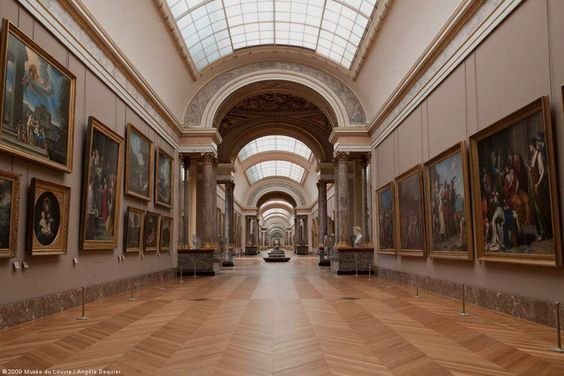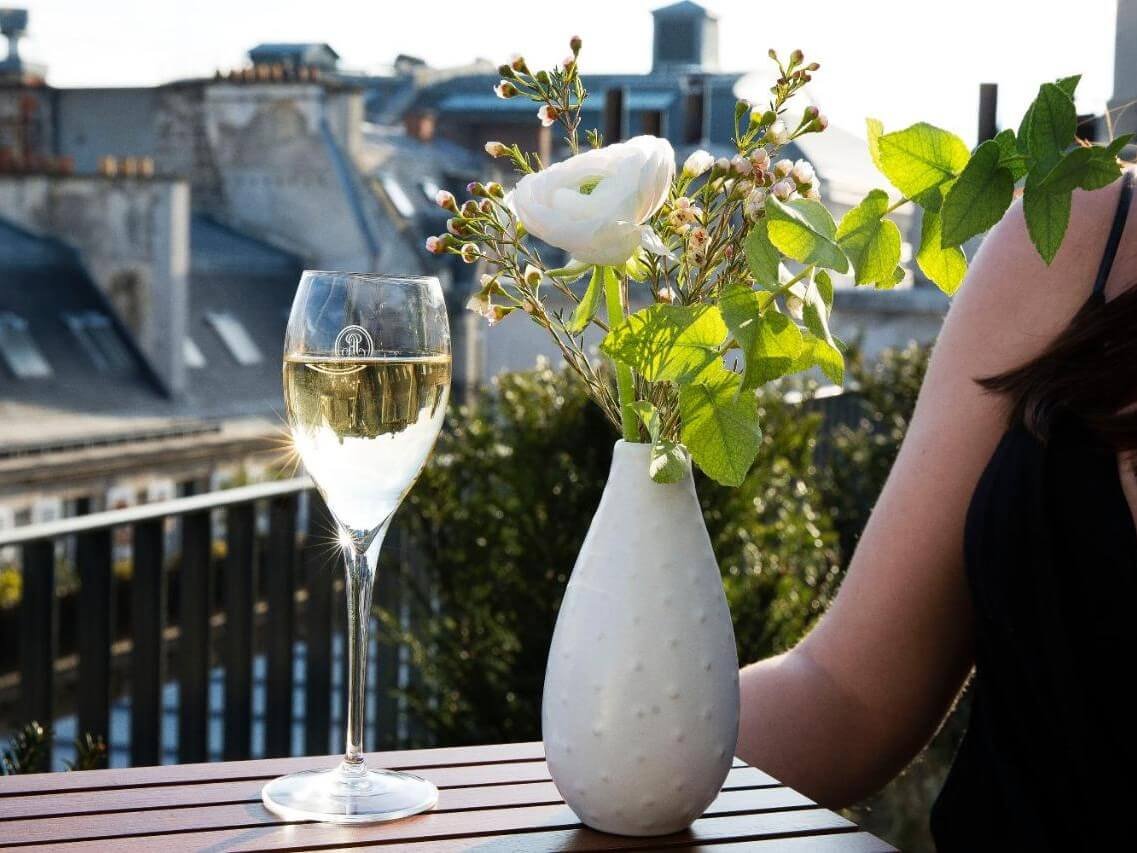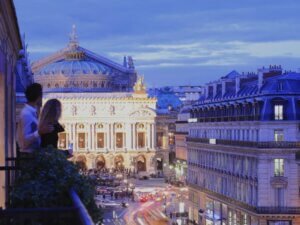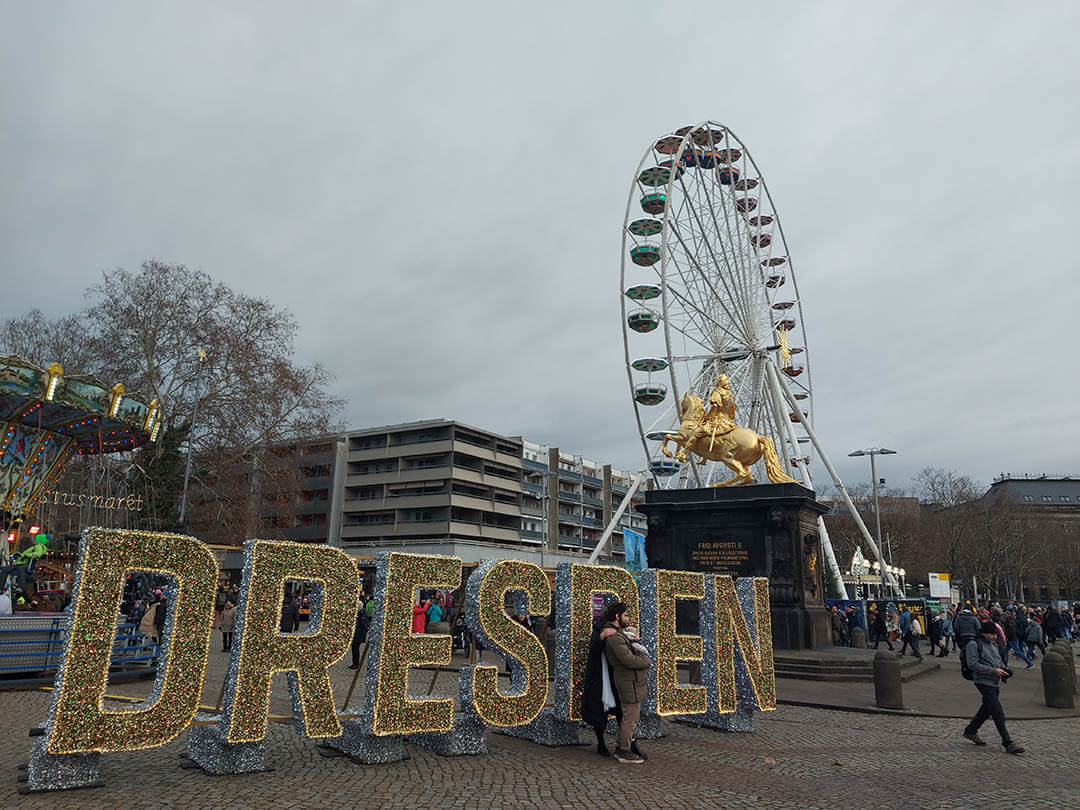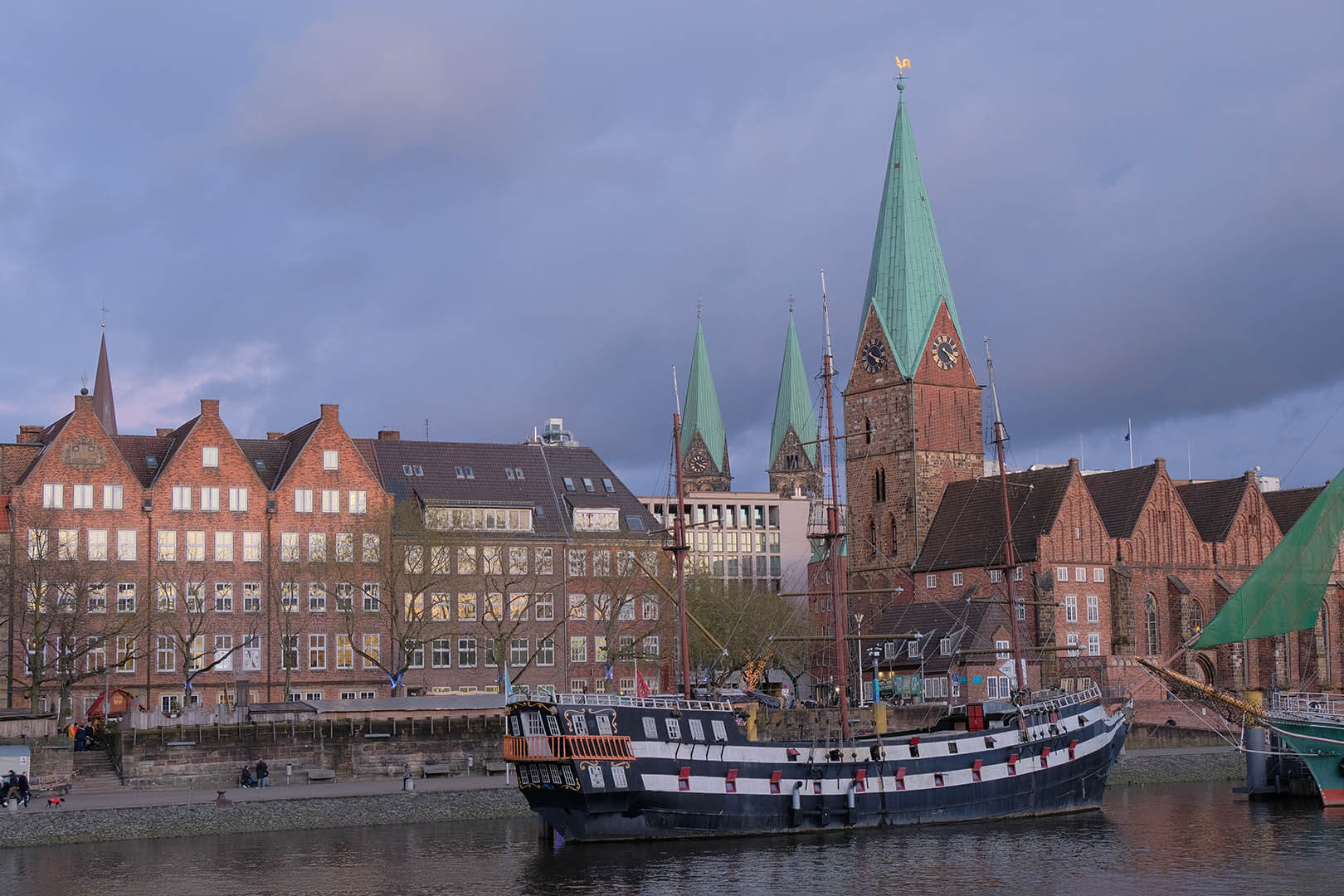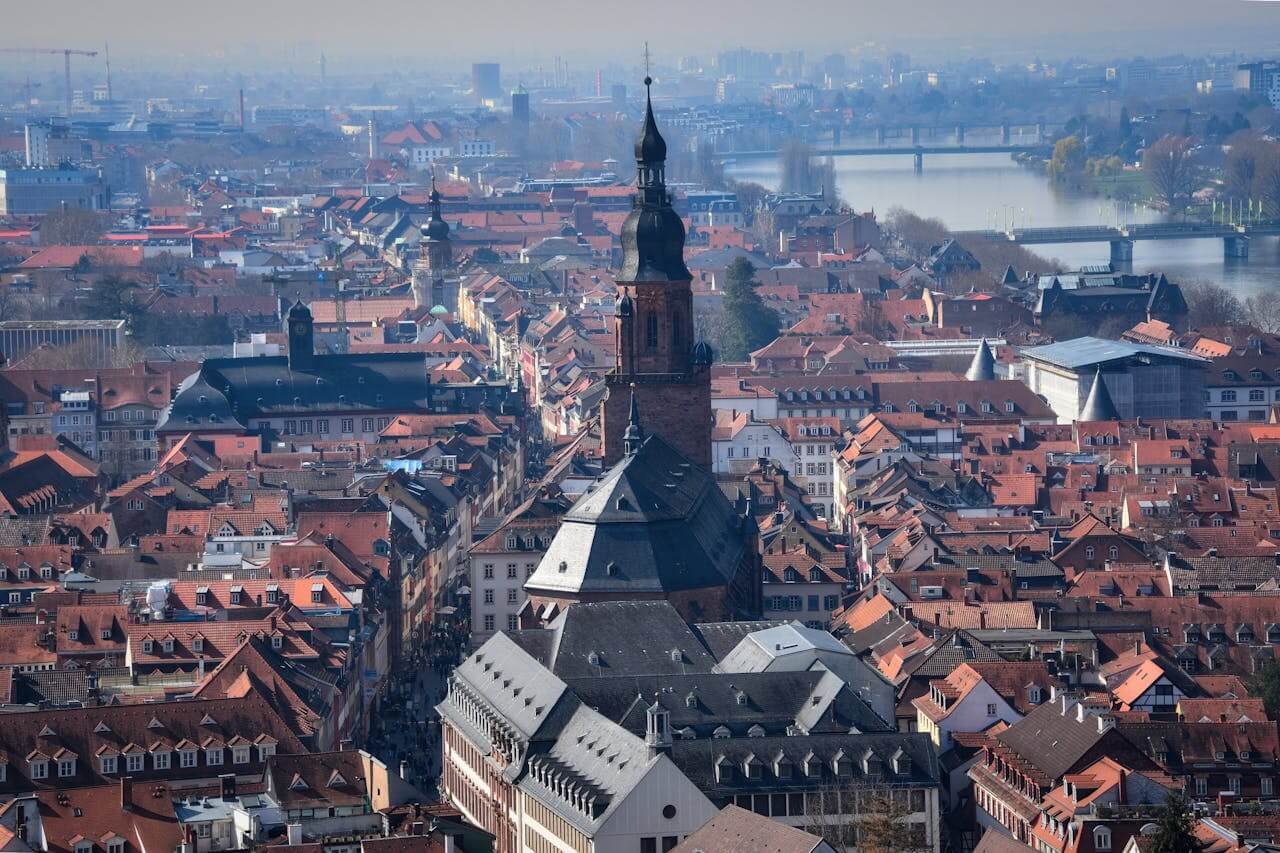Discover the fascinating world of the Louvre Museum, where extraordinary art awaits. Let me be your guide as we unveil five captivating masterpieces. Experience the enigmatic charm of Mona Lisa, the timeless beauty of Venus de Milo, and the stunning grace of Nike of Samothrace. Explore the compelling story behind The Raft of the Medusa and stand with the spirit of revolution in Liberty Leading the People. Join me on this artistic journey and let these masterpieces inspire your imagination.
Mona Lisa by Leonardo da Vinci
Undoubtedly one of the most famous paintings in the world, this portrait of Lisa Gherardini has captivated audiences for centuries with its enigmatic smile.
Leonardo da Vinci used a unique technique called sfumato in the Mona Lisa. This involved blending colors and tones to create soft transitions and a sense of depth. By applying thin layers of paint and blurring boundaries, he achieved a realistic and enigmatic effect in the portrait.
The Mona Lisa was painted by Leonardo da Vinci between 1503 and 1506. The technique of sfumato is unique because it involves the delicate blending of colors and tones, creating soft transitions and a sense of atmospheric depth. What sets sfumato apart is the way it blurs the boundaries between light and shadow, resulting in a smoky or hazy effect. This technique adds a sense of mystery and enigma to the painting, contributing to its enduring allure and making it a masterpiece of Renaissance art.

Venus de Milo
Also known as Aphrodite of Milos, is a renowned ancient Greek sculpture from the Hellenistic period housed in the Louvre Museum. It is believed to have been created around 100 BC. What makes Venus de Milo unique is its timeless beauty and graceful pose, representing the goddess of love and beauty, Aphrodite (Venus).
The statue was discovered in 1820 on the Greek island of Milos (or Milo) by a local farmer. It was found in several broken pieces, including the iconic missing arms, and was subsequently acquired by the French ambassador to the Ottoman Empire, Marquis de Rivière. In 1821, the Marquis presented the sculpture to Louis XVIII, the King of France, who then donated it to the Louvre Museum.
Since then, Venus de Milo has been prominently displayed in the Louvre. The statue’s missing arms have sparked curiosity and debate, adding to its mystique and artistic appeal. Today, Venus de Milo remains one of the most celebrated masterpieces in the Louvre Museum, drawing admiration for its timeless elegance and significance in ancient Greek art.
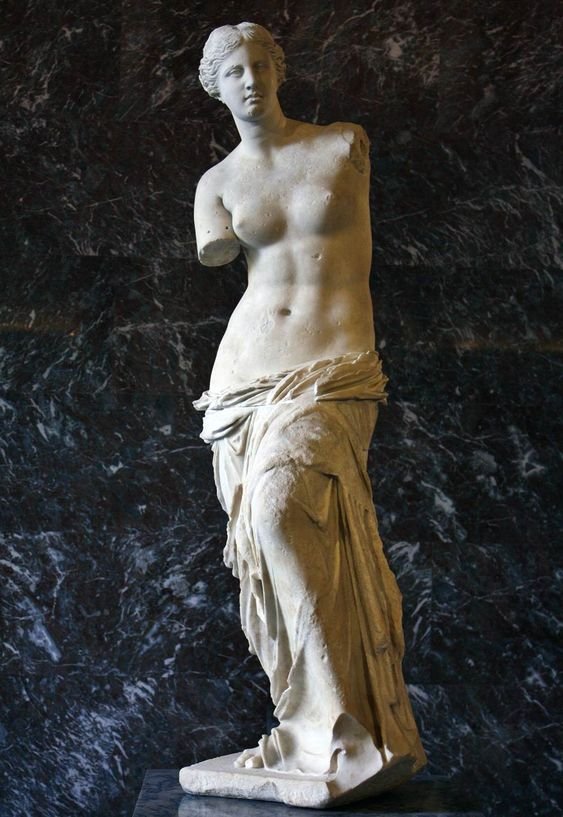
Winged Victory of Samothrace
Also known as Nike of Samothrace, is an iconic ancient Greek sculpture displayed in the Louvre. It was created around the 2nd century BC. The sculpture depicts the Greek goddess Nike (Victory) in a dynamic and triumphant pose, standing on the prow of a ship. Its intricate craftsmanship and powerful presence have made it one of the most celebrated works of art from ancient Greece.
Statue was found on the island of Samothrace, Greece, in 1863. It was brought to the Louvre Museum in Paris by the French government and has been displayed there since 1884.
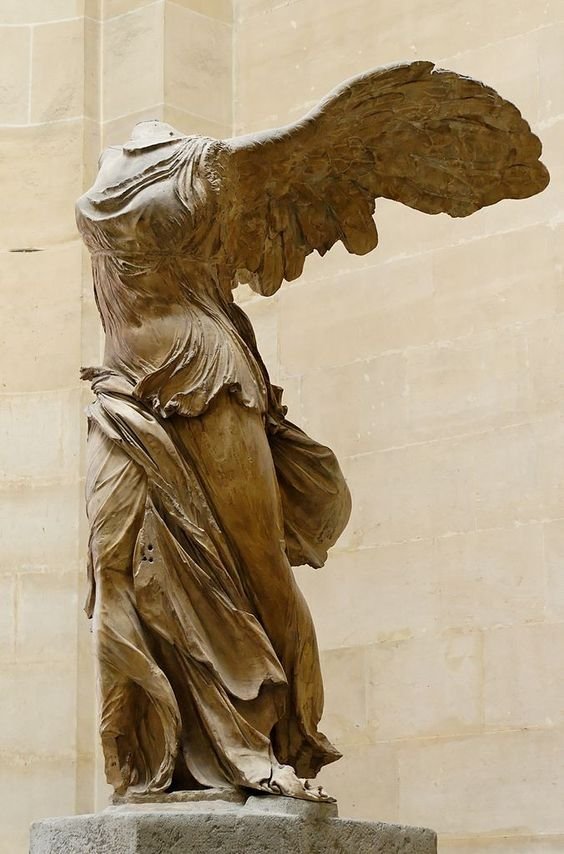
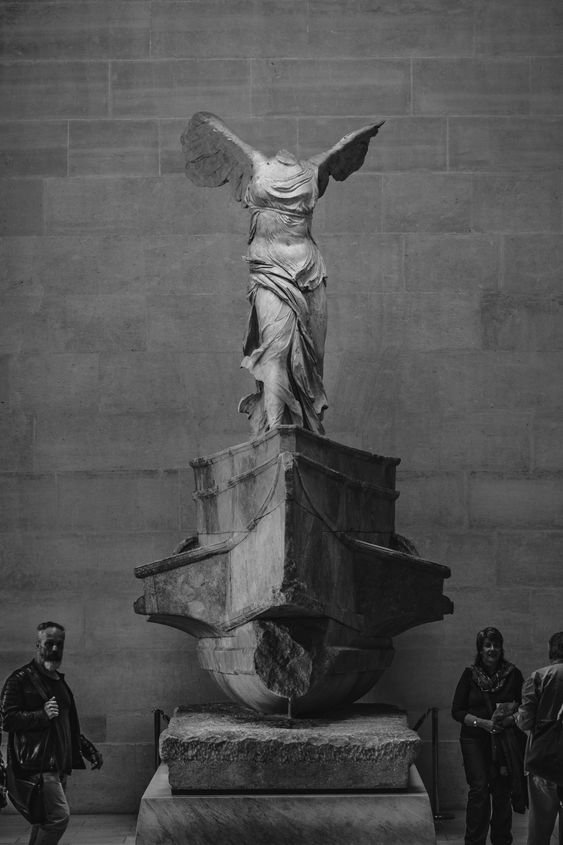
The Raft of the Medusa by Théodore Géricault
This dramatic and emotionally charged painting portrays the aftermath of a shipwreck, depicting the struggle for survival and the horrors faced by the survivors. It was painted by Géricault between 1818 and 1819.
The story behind the painting revolves around the shipwreck survivors who were left adrift on a makeshift raft for days, enduring extreme hardships and resorting to cannibalism. Géricault’s painting captures the desperation, anguish, and struggle for survival experienced by the survivors.
One unique aspect of this painting is Géricault’s use of dramatic realism. He meticulously studied the anatomy and expressions of real-life models to create a powerful and emotionally charged composition.
“The Raft of the Medusa” is celebrated for its political and social commentary, shedding light on the incompetence and corruption within the French government and the mistreatment of the working class. It remains an important masterpiece of Romanticism and a poignant representation of human suffering and resilience.
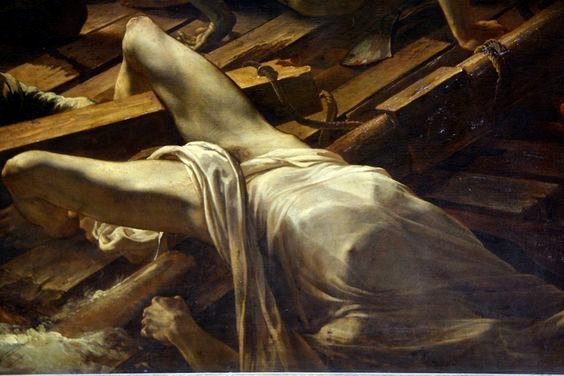
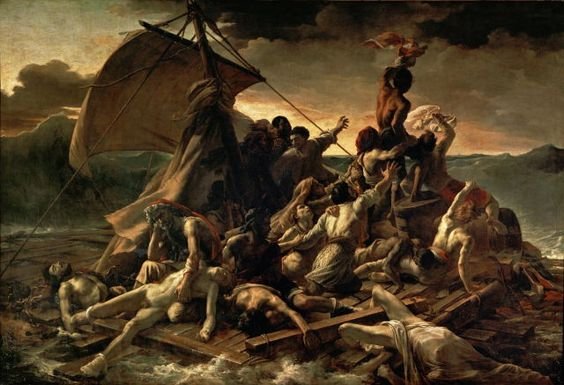
Liberty Leading the People by Eugène Delacroix
Painted in 1830, this iconic masterpiece pays homage to the spirit of revolution ignited during the July Revolution in France.
Delacroix’s brush dances across the canvas, creating a vivid tapestry of symbolism and emotion. With Liberty as the central figure, a beacon of hope and strength, she leads a diverse collective of revolutionaries from all walks of life. The painting pulsates with energy, as vibrant colors and dynamic composition capture the essence of this historical moment.
“Liberty Leading the People” resounds with a profound message—a call for freedom, unity, and the unyielding pursuit of liberty. It serves as an enduring reminder of the indomitable human spirit, the triumph over oppression, and the unwavering fight for social justice.
It has become an enduring symbol of the fight for freedom and remains a celebrated masterpiece of French Romanticism.
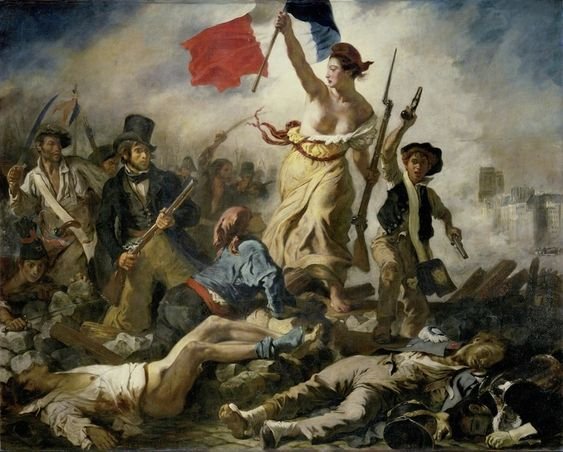
These are just a few examples of the many extraordinary artworks housed in the Louvre Museum. When planning a visit, it’s always a good idea to check the museum’s official website or contact them directly for the most up-to-date information on exhibitions and displays.
By the way I wrote a post about walking tour from Louvre to Arch de Triumph, you can read it here.
Visit official site to book your ticket.

